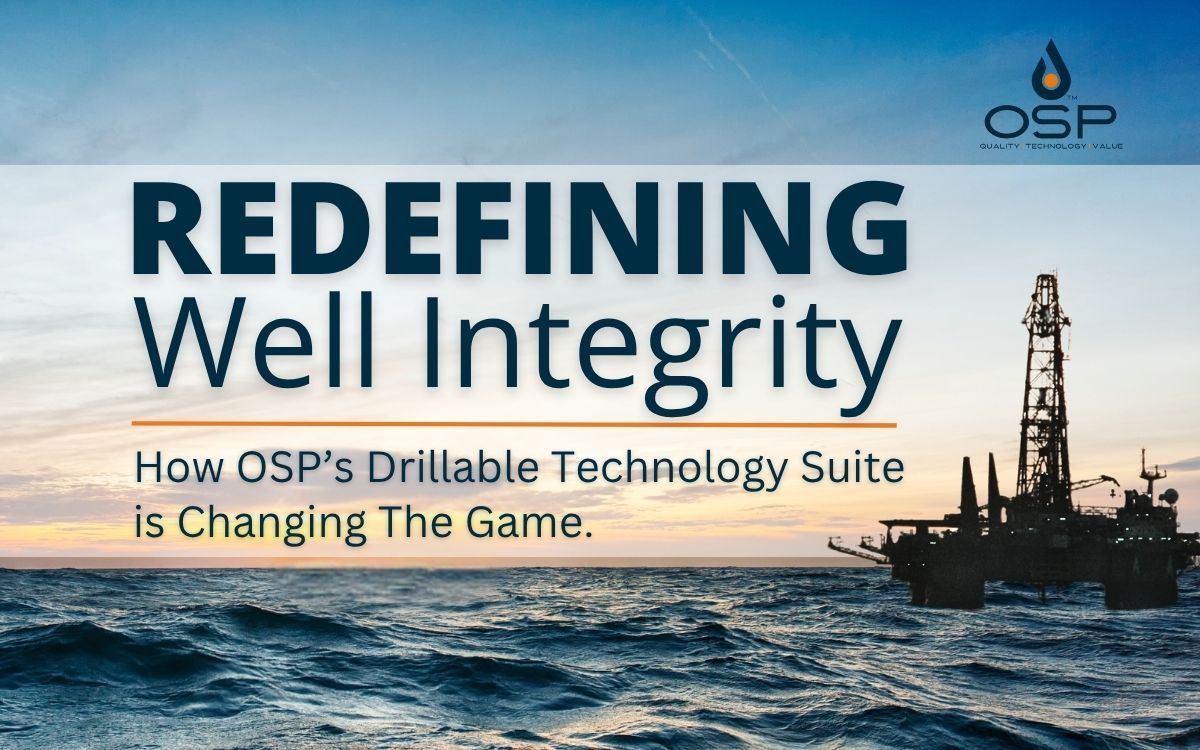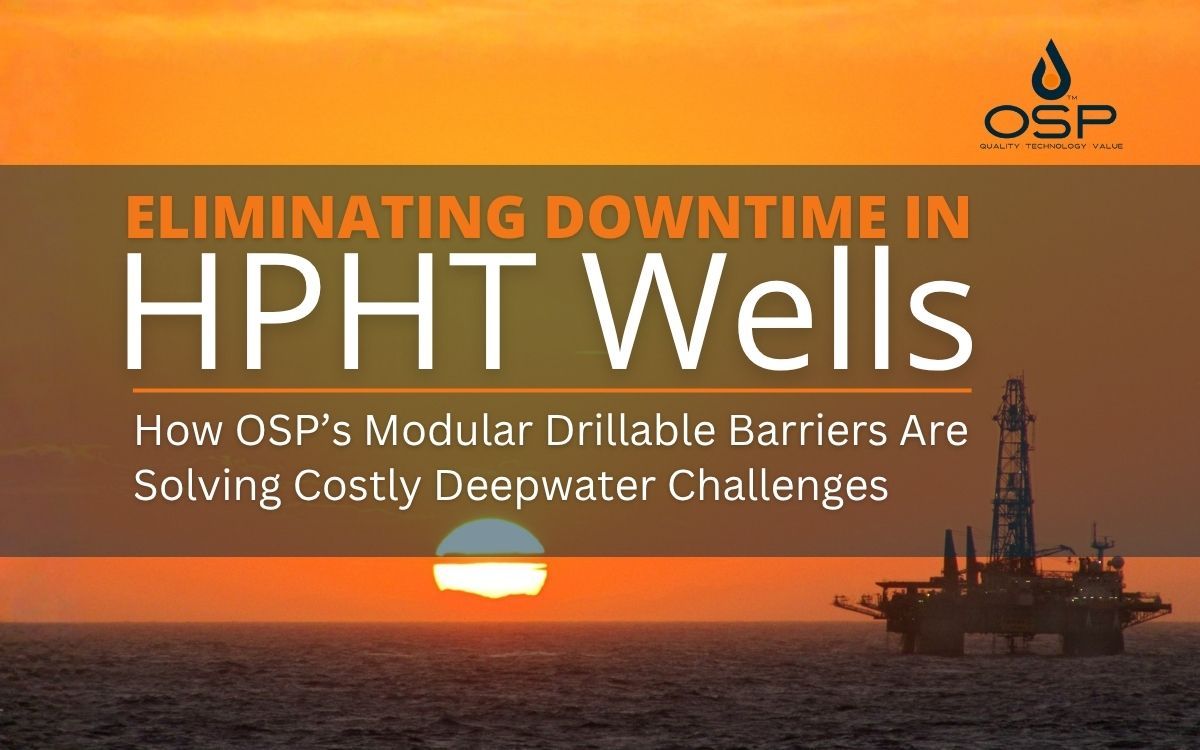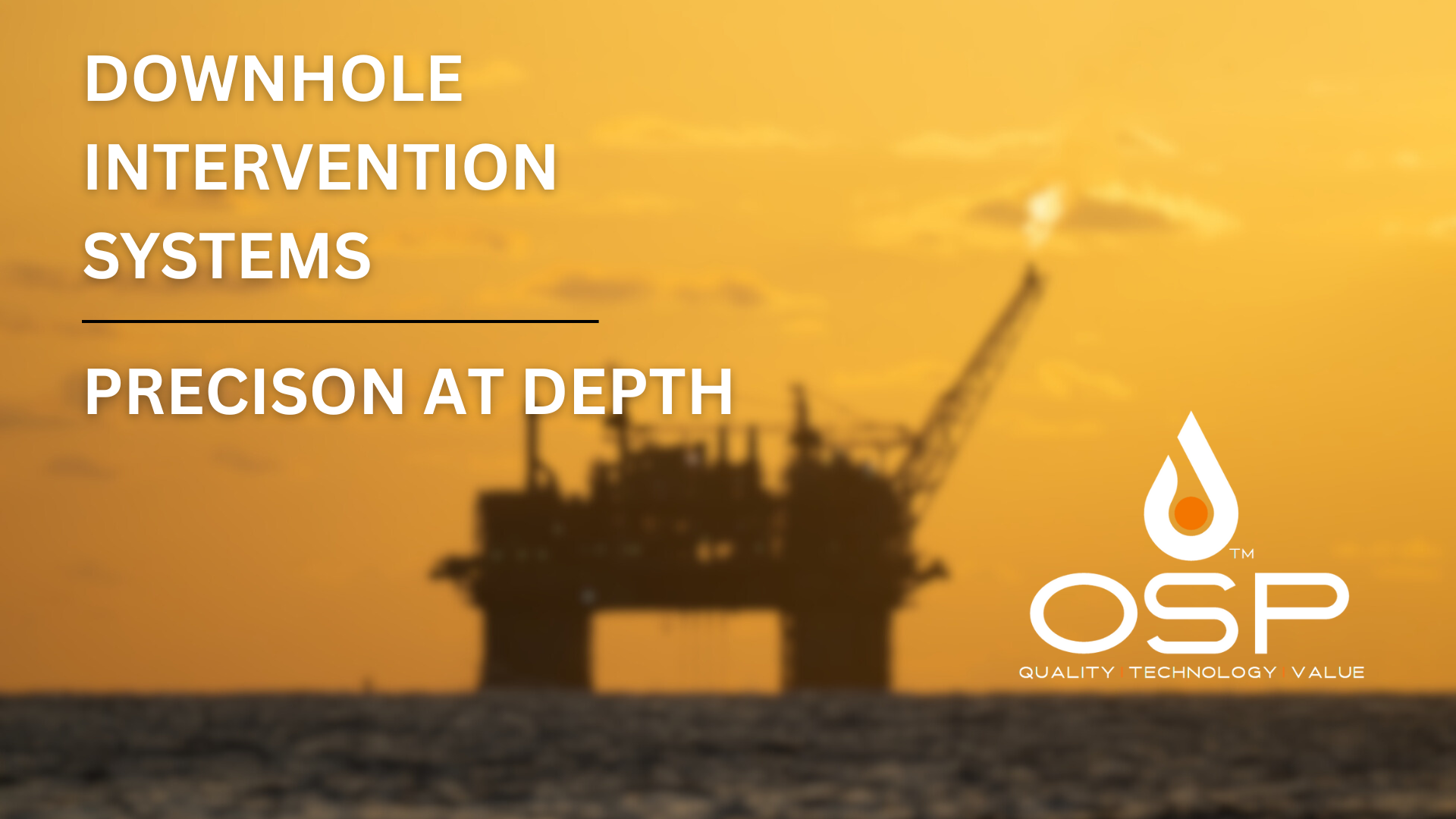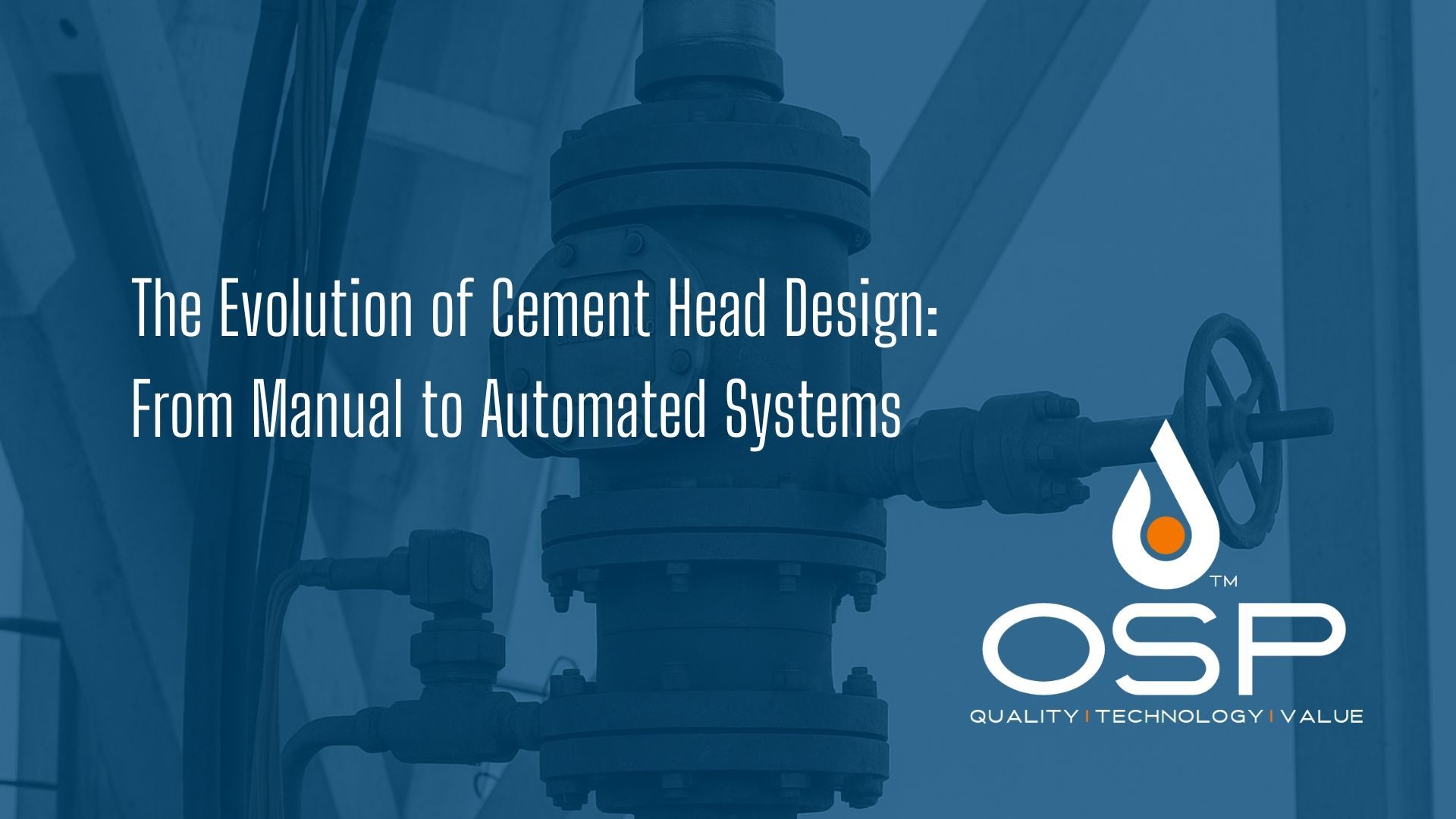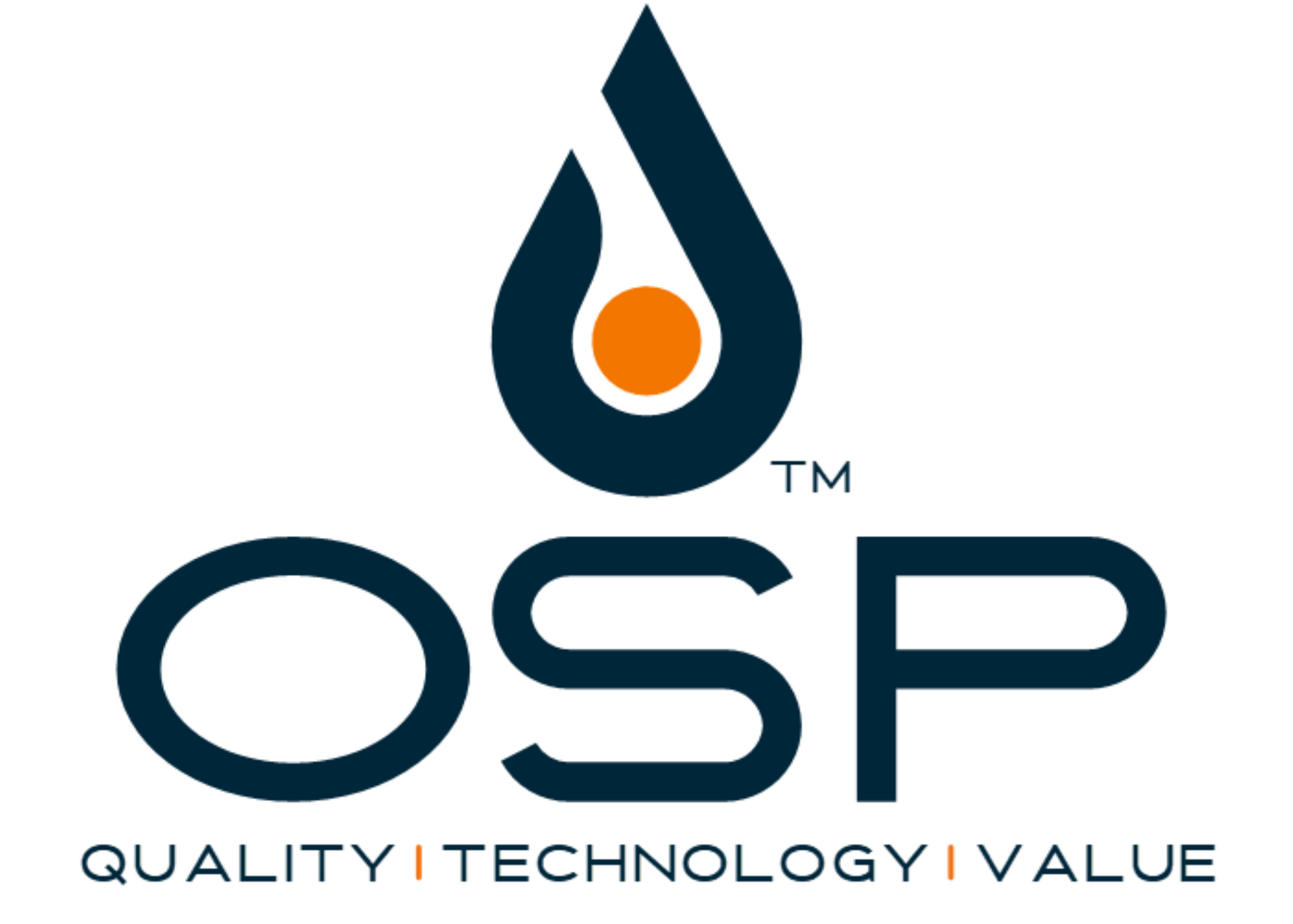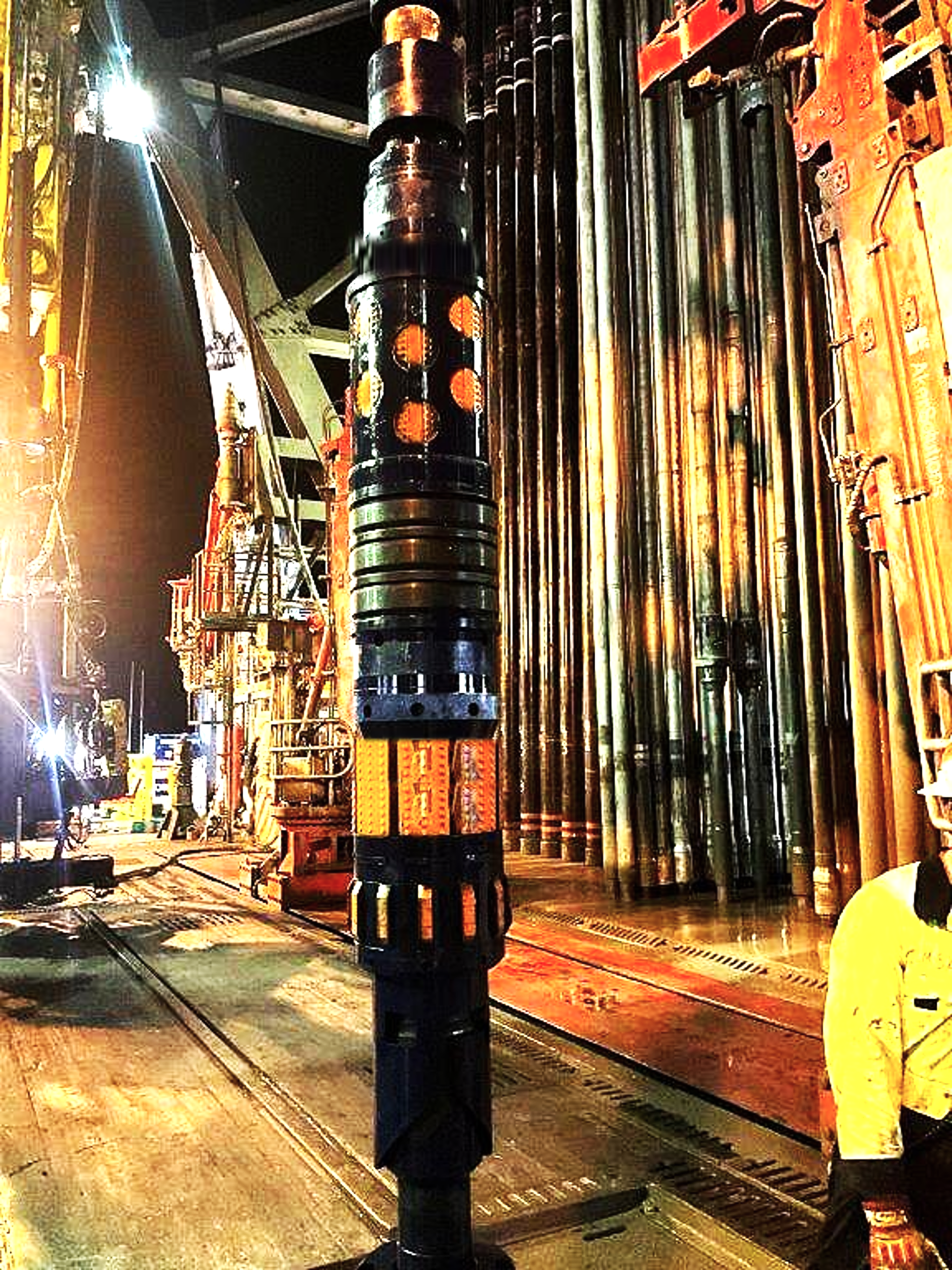The Role of Data-Driven Technology in Enhancing Oilfield Performance

At OSP, we believe in staying ahead of the curve, and data-driven technology is a cornerstone of how we help our clients achieve success. The oil and gas industry has entered an era where real-time insights and advanced analytics have become essential to improving operational efficiency and decision-making. We’re proud to be at the forefront of this transformation, using cutting-edge technology to optimize well construction, intervention, and overall oilfield performance.
Our Vision for Data-Driven Oilfield Operations
When we talk about data-driven technology, we’re not just discussing the latest gadgets or software. For us at OSP, it’s about empowering our clients with actionable insights that drive results. By leveraging real-time data analytics, we enable engineers and operators to make informed decisions that minimize risks, enhance safety, and improve outcomes. Every decision becomes smarter and every operation becomes more efficient because we put the power of data to work.
Revolutionizing Well Construction with Real-Time Data
Well construction is one of the most critical and complex processes in oilfield operations. At OSP, we understand the challenges that come with it—unexpected delays, operational inefficiencies, and safety concerns can disrupt even the best-laid plans. That’s why our Well Construction & Completions (WCC) products & services are built around real-time data analytics.
Our approach ensures that engineers have access to key parameters like pressure, temperature, and drilling speed as they happen. This allows for immediate adjustments to optimize performance and avoid costly delays. By integrating data into every step of the construction process, we help our clients achieve higher efficiency and better results.
Data-Driven Decisions in Well Intervention
When it comes to well intervention, precision is everything. Whether it’s restoring production in an older well or addressing unforeseen challenges, having accurate, up-to-date information makes all the difference. That’s why we’ve made real-time data analytics an integral part of our Downhole Intervention Systems (DIS).
Through continuous monitoring and advanced analytics, our clients gain a deeper understanding of well conditions, allowing them to respond quickly and effectively. We’ve seen firsthand how this technology can extend the productive life of a well, maximize recovery, and significantly reduce operational costs.
Why Real-Time Data Matters
You might wonder, why all this focus on real-time data? In our experience, the oilfield is no place for guesswork. Every second counts, and having accurate, actionable data on hand can mean the difference between success and failure. Real-time data analytics allows us to identify trends, predict potential issues, and address them before they escalate.
For our clients, this translates into less downtime, more efficient resource allocation, and greater confidence in their operations. It’s not just about optimizing performance; it’s about transforming the way oilfields are managed.
A Commitment to Innovation
At OSP, innovation isn’t just a buzzword—it’s at the heart of everything we do. We’re constantly refining our tools and processes to deliver the best possible results for our clients. From well construction to downhole interventions, our solutions are designed to meet the evolving challenges of the oil and gas industry.
But more than that, we’re committed to partnering with our clients to drive meaningful change. By embracing data-driven technology, we’re helping operators achieve their goals while setting new standards for safety, efficiency, and sustainability.
Conclusion: A Future Powered by Data
As someone deeply passionate about the oil and gas industry, I can confidently say that data-driven technology is the key to unlocking its future. At OSP, we’re proud to lead the way, offering innovative solutions that empower our clients to excel in a competitive and dynamic environment.
If you’re ready to take your oilfield operations to the next level, we’re here to help. Together, we can leverage the power of data to enhance performance, reduce costs, and achieve your goals. Let’s shape the future of oil and gas, one data-driven decision at a time.
For more information on how we can support your operations, visit [OSP](www.go-osp.com). We look forward to working with you!
